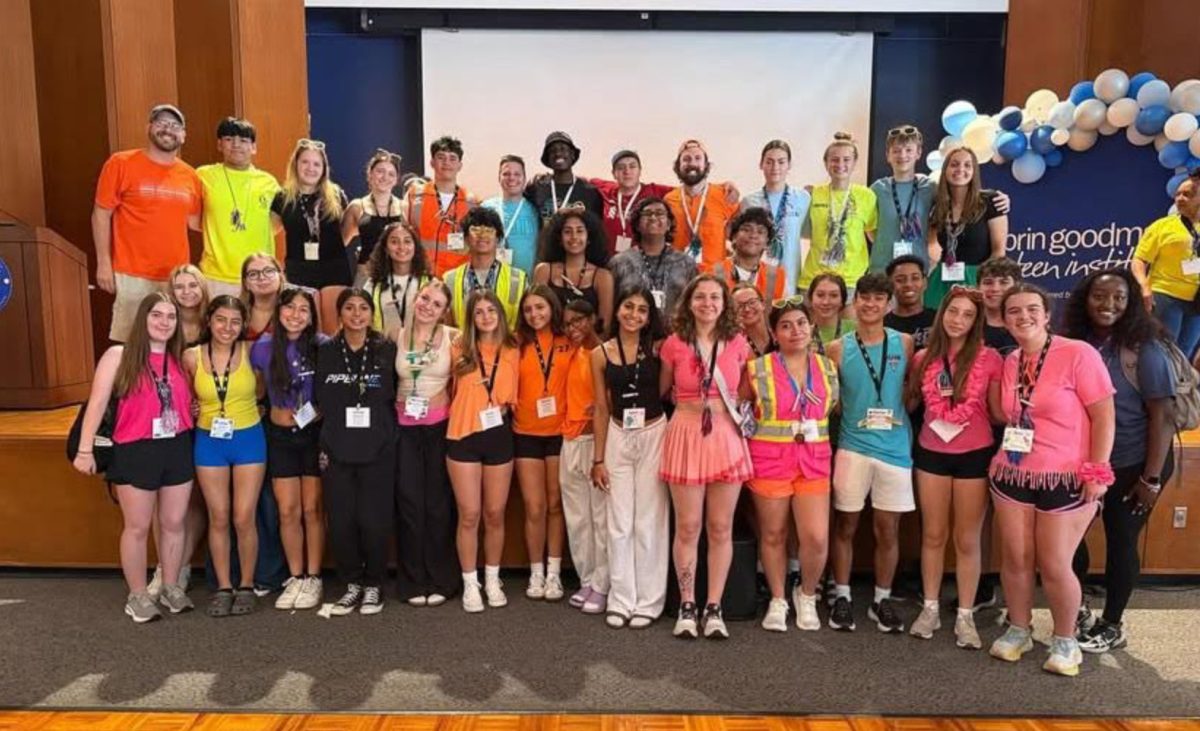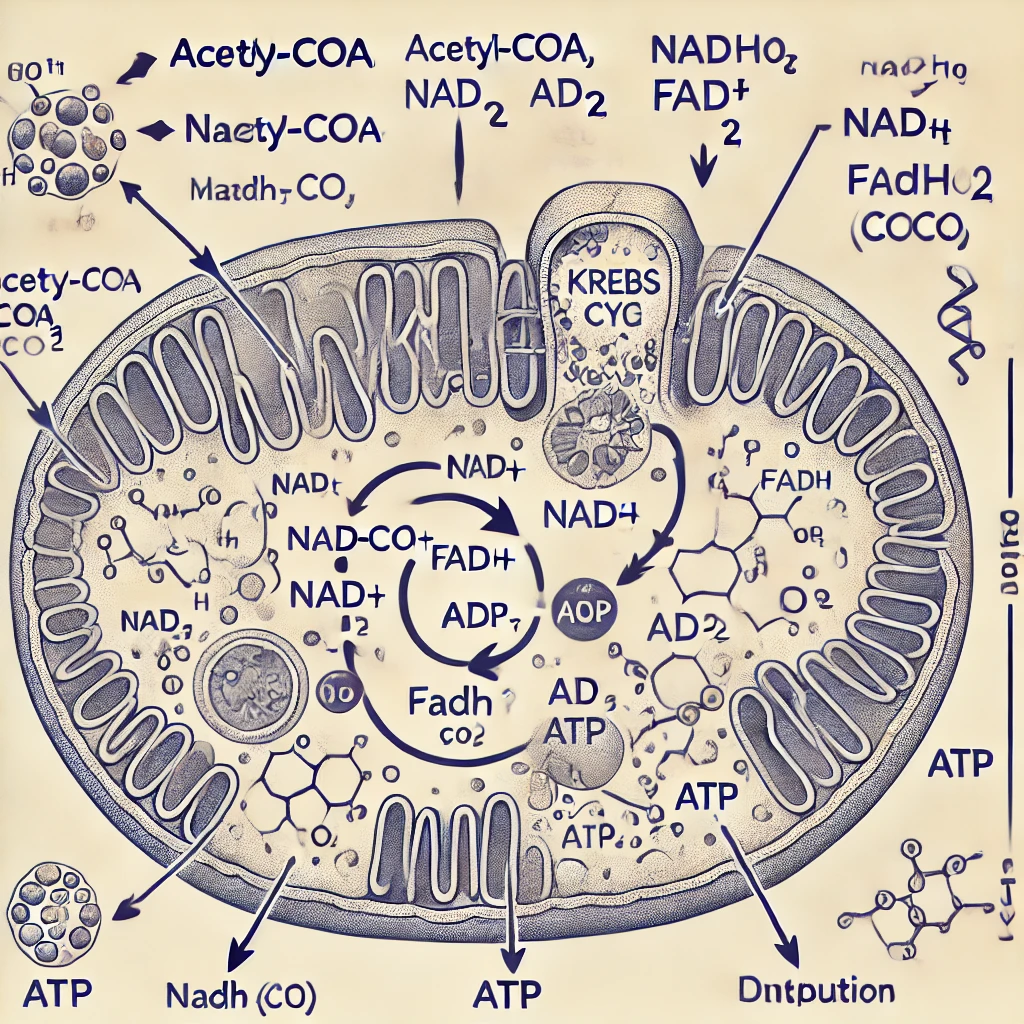Artificial intelligence is rapidly making its way into schools across America, quietly becoming an integral part of the learning experience. Gone are the days where students relied solely on teachers and textbooks to learn. With AI, specialized, interactive learning programs are readily available for educators attempting to find new way to reach students.
AI is a practical tool that can enhance teaching and learning experiences, making education more personalized, efficient, and engaging. However, the incorporation of AI also raises important questions about academic integrity, individuality, and the potential for over-reliance on technology.
At Schaumburg, AI is being integrated into classrooms in various ways to support education. For example, platforms like Khan Academy use AI to provide personalized learning experiences, adapting exercises based on each student’s performance. Advanced language models, like ChatGPT, offer real-time feedback in subjects like math or science, helping students work through problems at their own pace.
Kennedy Apple, a senior at SHS, states that AI has helped her by “providing instant access to personalized resources and explanations, making it easier to understand topics.”
While the benefits of AI in education are promising, it’s important to approach its integration with caution. Concerns about data privacy and the need for proper teacher training are critical issues that need to be addressed. Educators must be equipped with the skills needed to effectively utilize AI tools and navigate the ethical implications of their use.
As technology continues to evolve, teachers are increasingly incorporating AI into their classrooms, revolutionizing the educational experience. AI-powered tools let educators personalize lessons and take into account the unique needs of each student. By analyzing individual performance data, these platforms help teachers recognize areas where students may struggle, providing targeted resources to support their learning. AI can also help with administrative tasks such as grading, attendance tracking, and creating certain lesson plans, allowing teachers to devote more time to engaging with their students.
Educators are increasingly incorporating AI into their classrooms, allowing for a more dynamic learning environment. Teacher and instructional coach Mrs. Micheletto recognizes the transformative potential of artificial intelligence in education.
“AI provides new and exciting opportunities for both teachers and students to explore, learn, and create,” Micheletto states. “It enables us to focus on big ideas and unpacking concepts that we may not have had the time to explore with traditional classroom dynamics.”
However, AI also comes with its fair share of issues on the topics of ethics and honesty. Like any tool, AI can be misused, but this risk can be removed through proper education on its appropriate use. AI’s unpredictable nature can pose challenges for educators, so it’s important to refine its output and ensure the validity of the materials used in teaching. The educational community must adapt and learn how to effectively use artificial intelligence.
Teachers have observed positive effects of AI, alleviating frustration during parts of the learning process by allowing AI to handle basic information retrieval, enabling students to focus on more nuanced aspects of the lessons.
“AI can assist and fill in gaps that students have forgotten,” Mr. Harkin explains, noting that it can help identify individual learning needs.
As we look to the future of education, the role of AI in the classroom is both exciting and complicated. While AI has the potential to personalize learning and help with administrative tasks, teachers and students must remain informed about its complications, including data privacy. Ultimately, the success of AI in education will depend on our ability to integrate these technologies thoughtfully. By prioritizing the human aspects of teaching and creating a supportive environment for both educators and students can ensure that AI serves as a powerful tool for enhancing learning rather than a replacement for the invaluable connections that define great education.
























